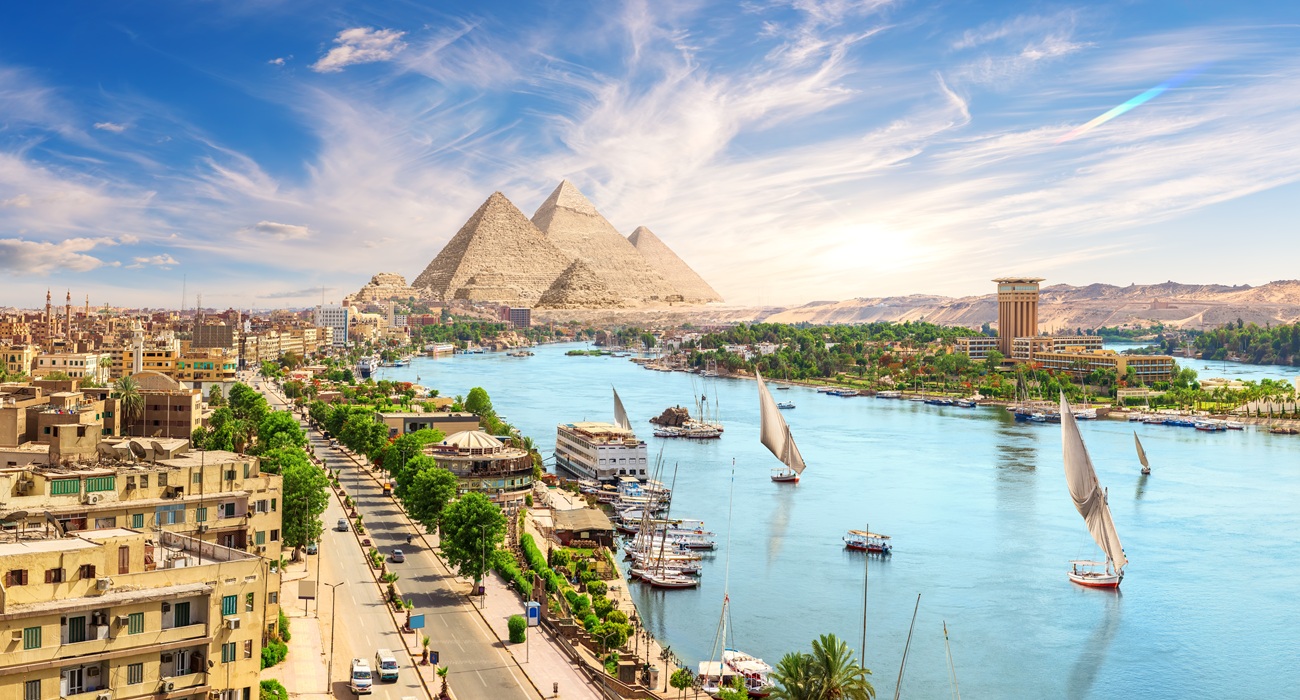Egypt’s Water Resources in Focus
Updated 7/26/2025 9:00:00 AM
The Ethiopian government recently announced the completion of the Grand Ethiopian Renaissance Dam (GERD) and extended invitations to several countries, including Egypt, to attend the official inauguration ceremony scheduled for September 2025. This announcement has sparked widespread concern and disapproval in Egypt, particularly given the ongoing fears about the dam’s potential negative impact on the country’s historic share of Nile River water, which is Egypt’s primary lifeline.
In this Factsheet, we will shed light on the changes in Egypt’s water resources since the first fill of the GERD in 2020. We will also highlight the efforts made by the Egyptian government to secure the country’s water needs, chief among them the expansion of seawater desalination projects.
- The Nile River is Egypt’s key source of freshwater, with 55.5 billion cubic meters (bcm), representing 93% of freshwater sources, followed by 2.5 bcm coming from deep groundwater, 1.3 bcm from rains, and 0.38 bcm from seawater desalination.
- In addition to natural water resources, Egypt treats water. In fiscal year (FY) 2023/24, the country produced 21.95 bcm by treating surface groundwater and wastewater.
- The number of water treatment stations in Egypt increased over the past five years from 2,742 in FY2019/20 to 2,795 in FY2023/24. This represents around 2% increase over the mentioned period.
- As a result of expanding water stations, clean water production grew by 5.2% from 110 bcm in FY2019/20 to 115.7 bcm in FY2023/24. Cairo came on top of clean water-producing governorates, with 1.9 bcm in FY2023/24.
- Water consumption hiked from 8.5 bcm in FY2019/20 to 9.1 bcm last year, recording 7% growth rate.
- Despite the increase in produced water, the per capita consumption declined from 110.1 cubic meters (m3) in FY2019/20 to 108.6 m3 in FY2023/24. Notably, in the past FY, the New Valley governorate had the highest per capita consumption with 359.3 m3. On the other hand, Minya governorate came last with a per capita of 55.9 m3.
- In FY2023/24, water consumed for agriculture irrigation hit 62.13 bcm or 76% of Egypt’s water resources, followed by 11.48 bcm used for drinking, and 5.52 bcm in the industrial sector.
- To overcome the projected repercussions of the GRED, the Egyptian government expanded its plans for seawater desalination projects. Currently, Egypt has around 100 stations with a production capacity of 1.2 million cubic meters (mcm).
By: Amina Hussein
Related News











